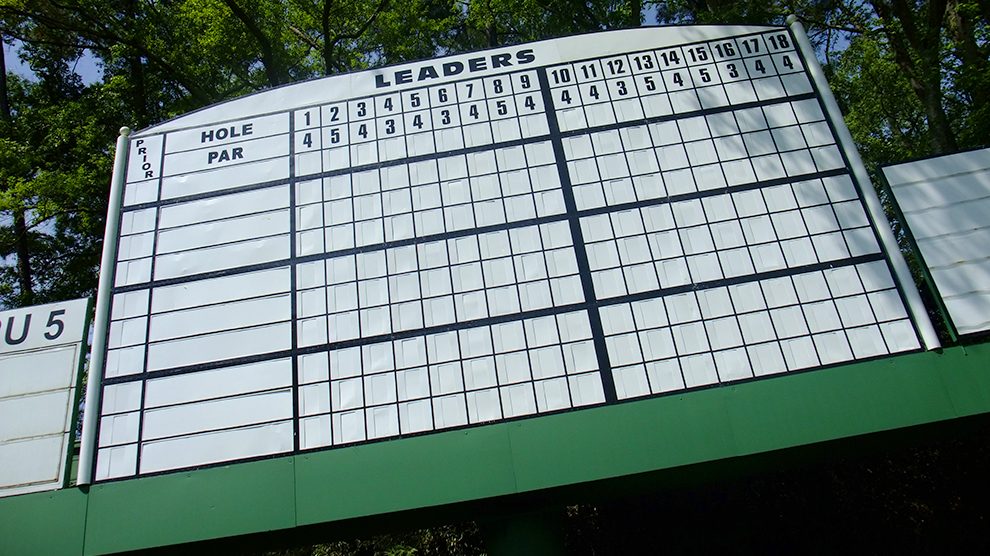Golfers and golf fans are familiar with the concept of a cut in golf tournaments, but it's a concept that is truly unique to golf. For casual sports fans or people who are not familiar with golf, the idea of a cut is kind of strange.
What is a cut in golf?
In golf, a cut is a moment during a golf tournament when the field of players is dramatically reduced. In the modern era of golf competition, the most common point during a golf tournament at which a cut is made is after every player in the field is able to complete two rounds, or 36 holes of golf.
After 36 holes of golf (or some other pre-determined point) are completed, the field is cut based on a pre-determined cut rule.
On the PGA Tour, European Tour and Korn Ferry Tour, the 36-hole cut rule is to the top 65 players and ties. On the LPGA Tour, the cut rule is to the top 70 players and ties. On the Symetra Tour, it's to the top 60 players and ties. Each tour sets their standard cut rules (with occasional exceptions) across tournaments, and the cut rule is typically based on how many players are in a starting field for most tournaments, which varies from tour to tour.
In high-level amateur events, like the US Amateur, the cut is made to a specific number. In the case of the US Amateur, the cut is to exactly 64 players after two rounds of qualifying. If there are more than 64 players who have technically qualified after two rounds, a playoff is contested with the worst-scoring players who have qualified to pare down that group to the exact number of players allowed to move to the next stage of the competition.
Why do golf tournaments have cuts?
Golf tournaments have cuts for one of two reasons.
Field control: Since most professional golf tournaments start with well over 100 players, players are typically grouped in threesomes for the first two rounds (sometimes called qualifying rounds) off the first and 10th tees at a host course. That means rounds are typically slower. After two rounds, though, it's clear which players are unlikely to win or even place well based on their opening scores.
By cutting the field down for the final rounds of the event a tournament, tournament organizers can retain only the players with a chance to win or finish well. This cuts down round times and helps the well performing players avoid slowdowns from poorly performing players.
Fulfilling a specific format: Going back to the example of the US Amateur, that tournament has a hybrid format, with stroke-play qualifying leading to a match-play tournament to determine the champion. In the US Amateur, since 64 players fit into the desired bracket size, the cut has to be to exactly that number.

